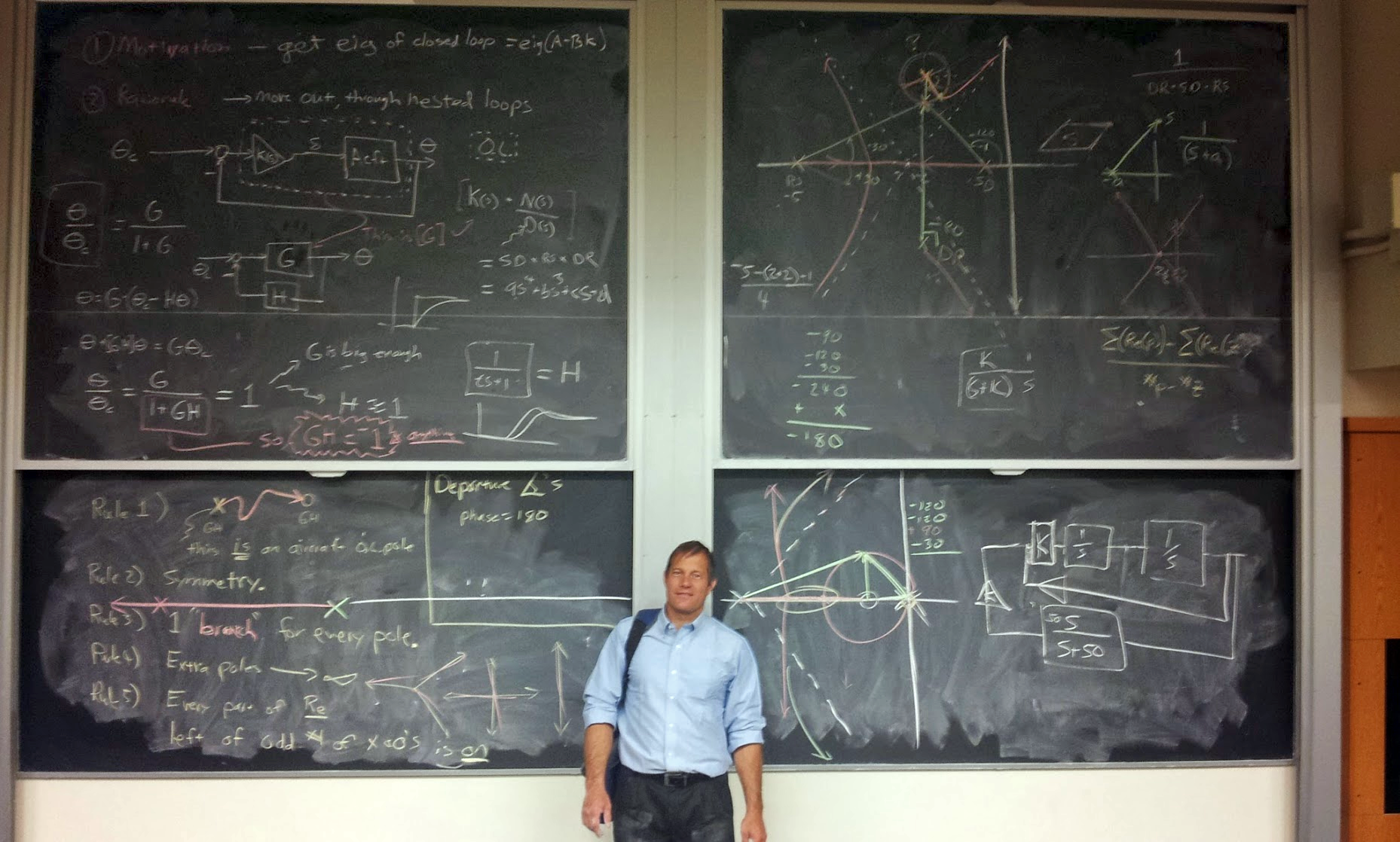SpaceX Delivers Earthly Internet from Outer Space
-
-
Slice of MIT
Filed Under
Recommended

When people hear SpaceX they may think of missions to Mars, but the company is entering a new realm, set to change communication on Earth via satellites. Earlier this year, SpaceX announced plans to launch more than 4,000 satellites—starting next year, with a full system by 2024—to provide fast and accessible Internet to the world.
Mark Krebs ’83, whose business card reads Bus Driver, says his job is to help lead the design of the spacecraft bus that will deliver this technology. Krebs says that these satellites are unique because of the number and the coverage—today there are only around 1,459 satellites in orbit around our planet—and because of their proximity to the Earth. The planned 4,425-satellite fleet—rumored to be named Starlink and the size of a refrigerator—will operate at altitudes ranging from 1,110 – 1,325 kilometers, considered Low Earth Orbit, while currently most satellites are 35,000 kilometers away. The closer distance allows for more effective high bandwidth, broadband coverage.
What is most exciting about this coverage, says Krebs, is the ease of access. Because it does not rely on the cables, fiber optics, and other traditional methods, anyone can directly connect. “You buy a pizza box antenna and put it on your roof or in your backyard and you’re on,” says Krebs, who remains vague about some of the details of how and what this new technology will offer. “Lots of people around the world and in the boondocks of the U.S. don’t have good Internet or any. Many don’t have even cell phone coverage. This is going to be a huge service improvement and will soon cover most of the world, eventually all of it.”
In addition to the satellites planned for short-term launch, Krebs says long-term plans for a 7,500-satellite constellation are also in the works—with satellites that would be less than 400 kilometers above the Earth. “It’s a gigantic undertaking and we’ll start with baby steps,” says Krebs, who says that these satellites guarantee that there is no space junk. “They’re sort of self-disposing. It’s like an airplane, when they run out of gas, no question it will come down and that makes it really safe.”
Krebs, whose patented technology is helping make these satellite systems possible, says that he has the best job ever. “Working at SpaceX is fantastic, it’s what everybody thinks,” says Krebs. “Fast moving, small, scrappy, low-cost outfit. We’re expected to make things for as near as possible the cost of the raw materials. To do that, we start from first principals.”
Before SpaceX, Krebs was working on the same satellite technology as technical program manager at Google. In addition to time as a professor at the University of Colorado, Krebs worked for 10 years as the VP of engineering for MIT alum Dan Schwinn ’83 at Avidyne, making autopilots for small airplanes. “We invented the first flat-panel glass gyro system for ‘bug smashers’ (small airplanes) and a special autopilot that could take over from a disoriented pilot and be crash proof under just about any conditions. Avidyne’s still going strong and I’m really proud of them.”
Krebs calls starting his own microbrewery, Powder Keg Brewing Company, based out of Boulder, a “hobby that got out of control.” Although it is a small endeavor, Krebs says he is keeping the MIT spirit alive as they host TNT—Tuesday Nerd Talks—where field experts including scientists and engineers give interesting talks like Asteroid Mining 101 or Myth-Busting: The Seductive Nature of Neuromyths.







